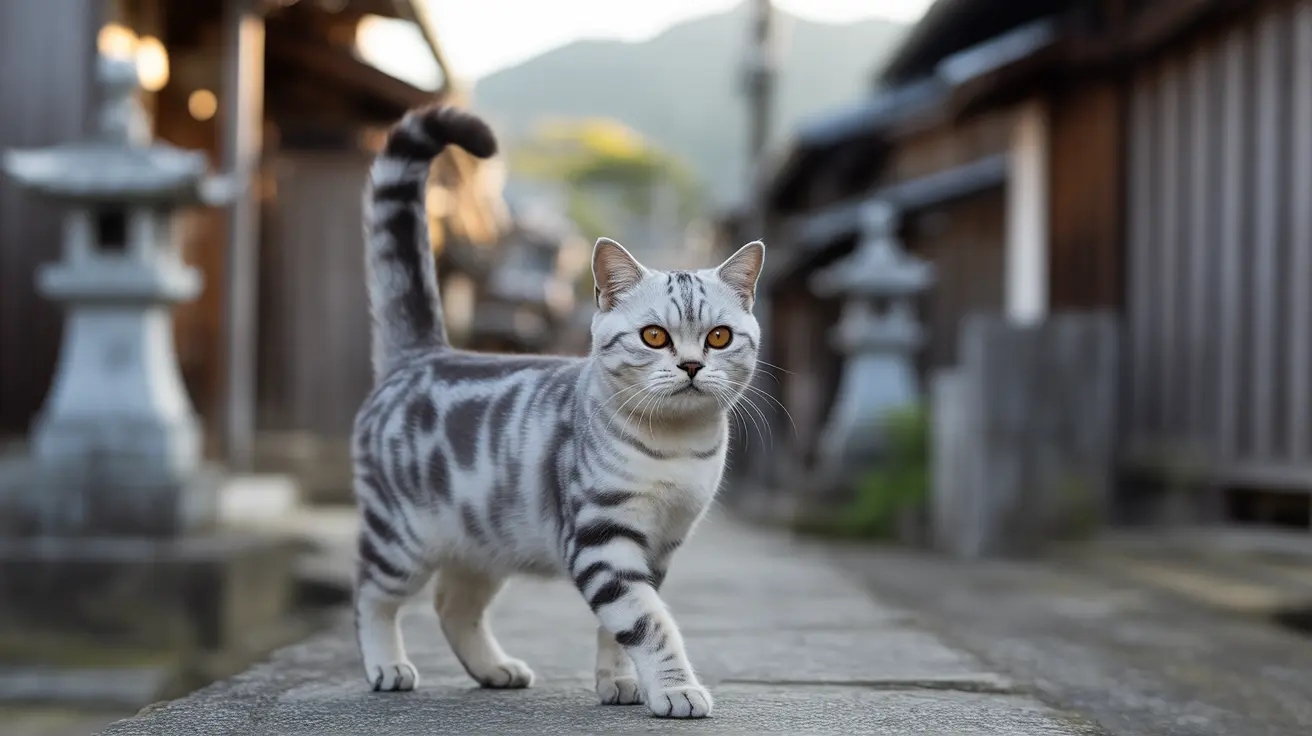Japan's Aoshima Island, famously known as "Cat Island," has captured global attention for its unique demographic where cats have historically far outnumbered human residents. This small island in Ehime Prefecture has become a symbol of Japan's fascinating relationship with felines and a testament to how human activities can shape animal populations in unexpected ways.
As of December 2024, approximately 80 cats call Aoshima home, dramatically down from its peak of over 200 cats in the late 2010s. This declining population shares the island with just four elderly human residents, all over 75 years old, creating a remarkable but bittersweet story of coexistence and change.
The Rise of Aoshima's Cat Population
The story of how Aoshima became "Cat Island" begins in the mid-20th century when the island was a thriving fishing community. Cats were initially brought to the island to combat a growing rat problem that threatened the fishing industry. What started as a practical solution soon evolved into an unprecedented feline population boom.
During its peak around 2015-2018, the island boasted between 120-130 cats, with numbers eventually swelling to over 200. This created the remarkable cat-to-human ratio that made Aoshima famous, reaching as high as 36:1 at certain points.
Current State and Declining Numbers
Today's reality on Aoshima presents a stark contrast to its heyday. The current population of roughly 80 cats consists entirely of seniors, with all cats being seven years or older. About one-third of these cats face significant health challenges, including blindness and respiratory issues, largely due to decades of inbreeding.
The dramatic decline in numbers can be attributed to several factors:
- Successful sterilization programs implemented in 2018
- Natural aging of the cat population
- Lack of new births due to comprehensive spay/neuter initiatives
- Health issues stemming from genetic limitations
Visiting Cat Island Today
For those interested in visiting Aoshima, it's important to understand the island's limited infrastructure. There are no hotels, restaurants, or vending machines, and access is via a small ferry from Port Nagahama. Visitors should plan accordingly and respect both the elderly residents and the aging cat population.
Current guidelines discourage feeding the cats to prevent overdependence and health issues. Instead, visitors are encouraged to observe and photograph these remarkable creatures while maintaining a respectful distance.
The Future of Cat Island
With both human and feline populations in steady decline, Aoshima faces an uncertain future. Local authorities have publicly acknowledged that the famous cat population may disappear entirely within a few years as the remaining cats age and pass away naturally.
This situation reflects broader challenges in rural Japan, including aging populations, rural exodus, and the complex relationships between human communities and the animals they introduce to their environments.
Frequently Asked Questions
How many cats currently live on Aoshima Cat Island compared to its human residents?
As of December 2024, approximately 80 cats live on Aoshima alongside just four human residents, all over 75 years old. This represents a significant decline from previous years when the cat population exceeded 200.
Why did Aoshima Island become known as "Cat Island" with so many cats?
Cats were originally introduced to the island in the mid-20th century to control rats that were threatening the fishing industry. As the human population declined over time, the cat population grew unchecked, leading to the island's famous cat-to-human ratio.
How has Aoshima's cat population changed over recent years and why is it declining?
The cat population has decreased from over 200 to around 80 cats due to successful sterilization programs, natural aging, and the lack of new births. All remaining cats are seven years or older, and many face health issues due to inbreeding.
What efforts have been made to manage the cat population on Aoshima Island?
In 2018, a major sterilization campaign was implemented, during which more than 210 cats were spayed or neutered. This effort effectively stopped population growth and helped manage the overwhelming number of cats on the island.
How can tourists visit Aoshima Cat Island and what should they know about interacting with the cats?
Visitors can reach Aoshima via ferry from Port Nagahama. The island has no tourist facilities, and visitors are advised not to feed the cats. Respectful observation and photography are encouraged, while maintaining distance to avoid disturbing both cats and elderly residents.






